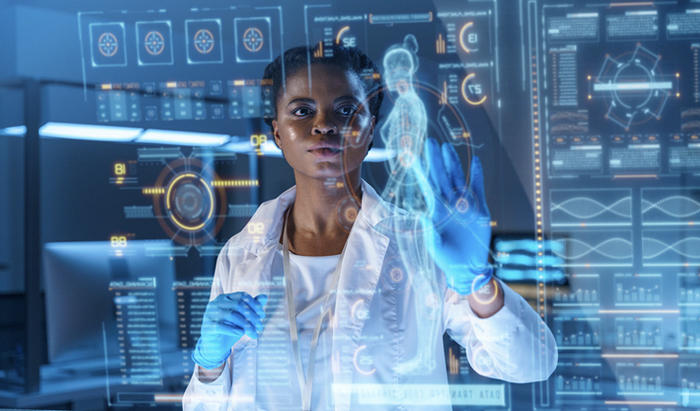
Tomorrow, I will give Amazon's palm-payment system a try. It's now installed at the Whole Foods on Capitol Hill. But the biometric identification technology entered Amazon's near-workerless convenience stores, Amazon Go, in September, 2020.
This, I must admit, is something I failed see coming my way from the temporal distance of the early 1980s. Back then, I thought I would be living in a high-orbit suburb, or making a living on Mars, or exploring the moons of the gas giants, Saturn and Jupiter. But how was I supposed to know that even then these space dreams were already long dead?
In 1971, J.G. Ballard wrote a work of a science fiction, The Dead Astronaut, that was not far in the future of its time and that explored the ruins of the Space Age. This was two years after humans landed on the moon. Ballard already knew this was as far as that age was going to go.
The future read in the aging World Book Encyclopedia set in Reverend Mudede's library would become a palm scanned as a credit card. Or a digital currency that runs on cheap fossil fuels. Or a billionaire's junk falling from space and littering remote parts of Washington State.
After rocket debris lit up our sky in March, chunks fell to earth in Eastern Washington. One came uncomfortably close to hitting people.
SpaceX, FAA, NASA, the Space Force - none investigated what happened on the ground.
Three sleuths found the pieces.https://t.co/kyTzDALoVE
— Dominic Gates (@dominicgates) April 22, 2021
Where is the future? It is happening here:
[Meteorite hunter Robert Ward] tracked down where three 200-pound cylindrical tanks [of Elon Musk's SpaceX Falcon 9] fell to Earth near a bend in the Columbia River east of Yakima. One landed 50 feet from a trailer home, where the owner pulled a shotgun on the stranger searching for space junk.Some of the rocket's heavier parts hit an area not far from Spokane. Calculations by the billionaire-junk sleuths locate other parts of the rocket near the zone of the ghost cows, the Tri-City area.
Indeed, one can't help but sense that, for reasons that have to be mystical (and maybe even cosmic—the two adjectives are not the same), the space junk was powerfully drawn to its kind, a relic of the period, the Cold War, that gave birth to the Space Age. That relic is, of course, the Hanford Site
"What happened to the future?" I asked Blaise Aguera y Arcas during a conversation that will appear in the inaugural issue of Museum of Museum's journal, Sandwich. (Blaise leads a Google research team working on artificial intelligence.) "We are becoming less like machines," he answered. After giving him a puzzled look, he added, in more or less these words: In the past, we had to be like machines because there were no machines to do things people wanted machines to do. (Think of Taylorism.) Today, we have the machines, and so we are free to be humans again. The machines can be themselves. We can be ourselves. The machine reads the palm of my hand.

















